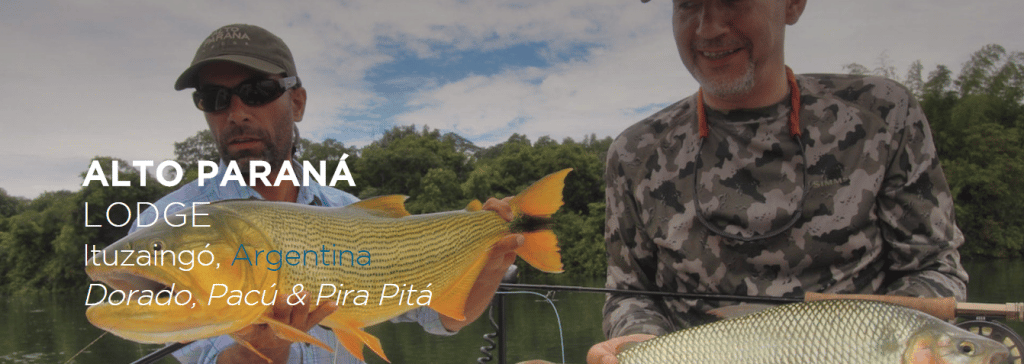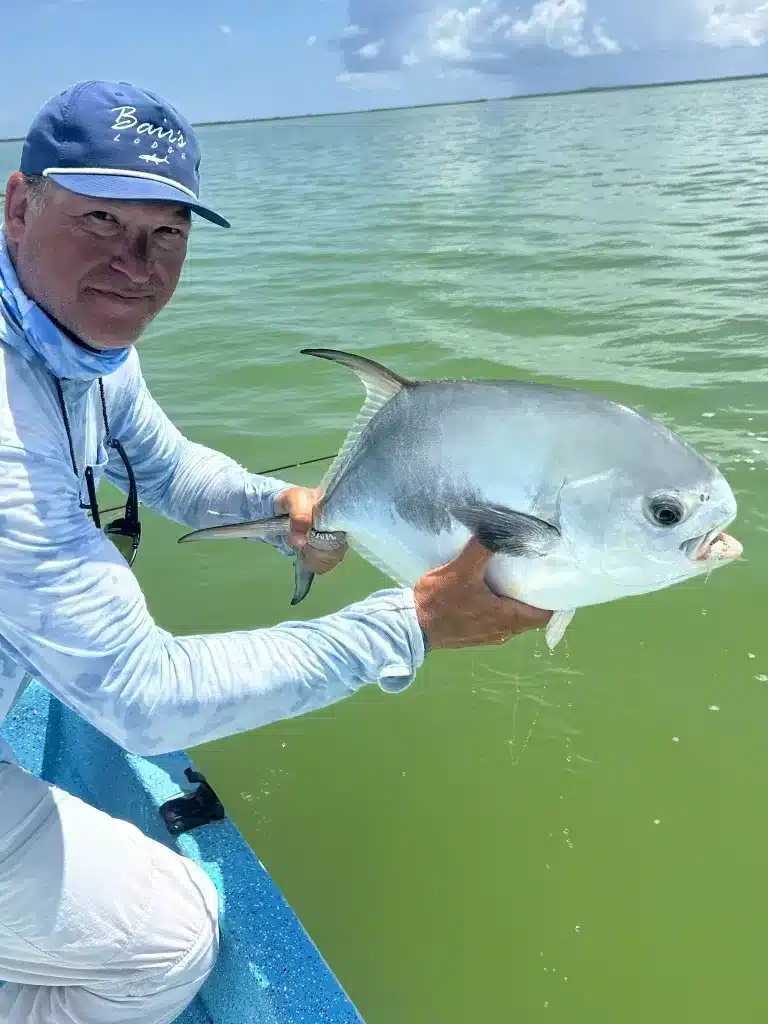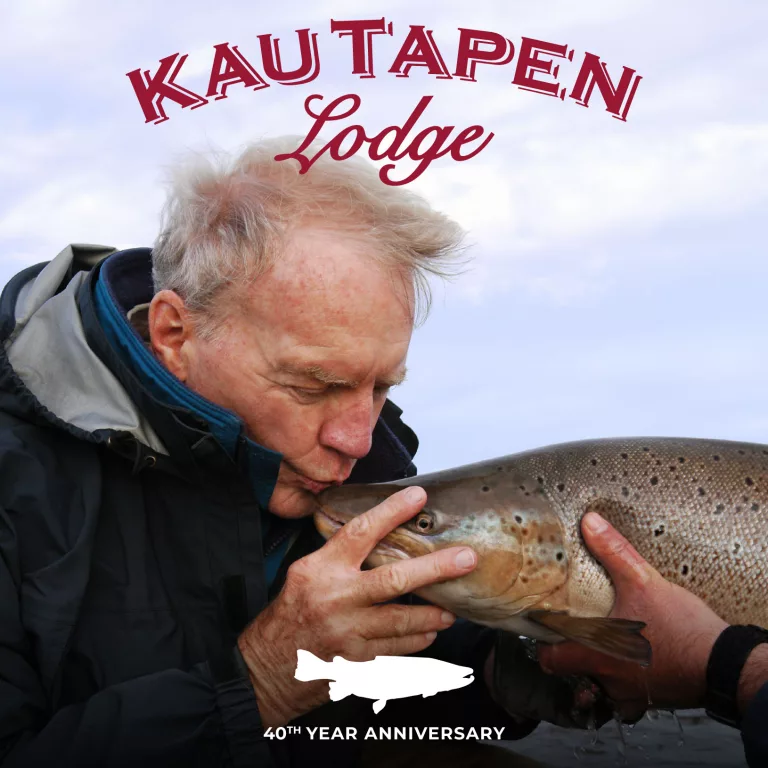You’ve seen them in the fly-fishing film tours, all over the web, and splashed across brochures advertising far-flung adventures to exotic locales. And although you may think you know dorado by now, there are numerous idiosyncrasies—from misleading information on concepts to debates over knots, habitat preferences and handling practices—that make this moody fish difficult to master.
Noel Pollak is considered Argentina’s preeminent dorado expert. Today he shares with all of us some of his knowledge. Taking into consideration these 10 essential elements will not only make you a better dorado fisher, it’ll make you a better angler in general. So let’s get started.
- One trait that makes dorado a perfect gamefish is its exceptionally wide range of moods. Keep your mind open and sharp while you fish for them. Especially when darker water makes sight-fishing a non-option, and where “reading water” is the only way to go. Some anglers underestimate how cool (and educational) reading water can be. Understanding it—in terms of structure and where fish will hold—can take you on a great ride through your powers of observation that’ll ultimately make you a better angler. Even better, with dorado you can oftentimes have the best of both experiences: sight-fishing and reading water.
- Despite their many moods, dorado demonstrate two very distinctive behavioral patterns: migratory dorado moving in larger groups and fish that become resident to an area for X amount of time and move in smaller groups, or as solo predators. Generally, these singles represent the benchmark for dorado fishing in terms of challenge and merit.
- In certain situations, smaller “resident” dorado might be much more difficult to fool than a larger migratory dorado in a school. Dorado fishing is not always about catching the biggest fish.
- Egos, business, and ignorance are responsible for a lot of the nonsense you’ll find about dorado size on the web, in brochures and magazines, and even at fishing lodges. If you’re going to talk about size, it’s probably easier to measure the length and that’s it. This, by the way, is also better for the fish’s health—than using most weighing methods—when done properly. Also taking into consideration that all the really big dorado are females. If you catch one between November and January, and it looks like might be full of eggs, please handle the fish with extreme care and kindness.
- Always use long pliers to remove a hook from the mouth of a dorado. Underestimating the power of their jaws and the razor-sharpness of their teeth can result in serious injury.
- For the same reason, a short piece of wire (or bite tippet) connecting your fly to the leader is mandatory—for those who don’t wanna lose fish. Keep in mind that not all wire is built equally. Splurge on knottable options, in matte finish or camo colors, and you can’t go wrong.
- To tie your monofilament leader to the wire, the best option is an Albright knot. As for wire to fly, a loop is the way to go because it lets the fly move more freely. Either a “Rapala loop” or a “Perfection loop” will do. All these knots are great to have in your fishing arsenal. Grab a piece of wire, a few feet of mono and practice—it’s easy and fun.
- If possible, when planning a Dorado fishing trip, try to do it as a round trip visiting two or three locations instead of spending a full stay in one place. There are two basic reasons for that: first, Dorado are spread in a basin that is the second largest basin in South America and this means that space is to be found in very different types of waters. It is rewarding to experience a diverse exposure to the same species. Different types of waters usually mean different technical approaches. Plus, they might even look different depending on where you find them. The second reason is to increase your chances for success. Dorados are quite sensitive to many conditions. Visiting more than one area reduces the chances of failure.
- Anglers that have the background of trout and salmon related fish, frequently are very used to set the hook by lifting the rod. Because of the hard mouth that Dorados have is important to set the hook by using a strip set. That means to let the rod down and set the hook with the stripping hand.
- Don’t think about dorado as a “numbers” fish. What makes them special has nothing to do with how many you catch, but rather the quality experiences ingrained in the pursuit.






